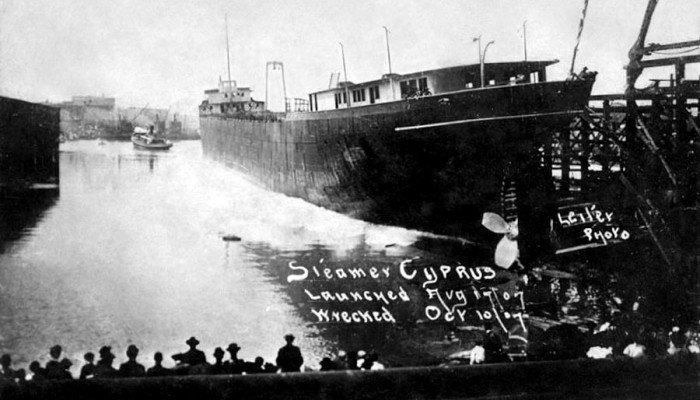As already suggested in my last contribution to the Bulletin, the importance of the maritime industry in Cyprus is paramount. The Cyprus registry ranks today in the eleventh place worldwide (and third in the EU) while 20% of the world fleet is operated by firms located in Cyprus. Nevertheless, and despite its large contribution to the economy, we are unaware of the historical evolution of the shipping industry in the island. The purpose of this article is to provide a brief overview of the evolution of the shipping industry in the island since the mid-1900s, and elaborate on how (and why) Cyprus has managed to become one of the most important shipping hubs in the world.
The development of merchant shipping began in the aftermath of World War II (WWII) with the break-up of the large imperialistic countries and their colonies. Prior to this, shipping was mainly conducted between the occupied countries and the colonizers, aiming mostly at exploiting the wealth of the former. To this end, goods (and people) were transported via liner ships, i.e. vessels which transit regular routes on fixed schedules. The need for more trade following colony independence and large military expeditions, culminating with WWII, changed the rules of the game. In particular, liner ships could not adhere to the need of transporting large amounts of military equipment (such as heavy artillery and tanks) and other types of cargo (including troops) overseas. To address this, and especially in order to prepare for an attack on Nazi Germany, the Allied Forces, led by the United States, engaged in the mass production of vessels known as the Liberty ships.
The Liberty ships were not only famous for their simple, low-cost construction but for the fact that they would be built in approximately 24 days, an unprecedented speed which still impresses ship-builders today. In four years’ time, 2,710 ships were built in the United States, with approximately 2,400 of these surviving the war. Out of the survivors, 835 made up the post-war cargo fleet, with Greek entrepreneurs (including iconic shipping magnates such as Aristotle Onassis and Stavros Niarchos) purchasing 526 vessels.
Following the end of WWII, EU integration approaches as of the 1950s, emphasis on export-led growth by adhering to the Bretton Woods system of fixed exchange rates, the development of oil production in the Middle East, and perhaps most importantly the creation and widespread use of shipping containers aided in the international trade boom. As a consequence, sea transport also boomed.
Cyprus, following its independence in 1960, was quick to recognise the political, economic and social importance of shipping and created the Department of Merchant Shipping in 1963, with the main harbour located in Famagusta/ Ammochostos. In contrast to worldwide shipping practices, Cyprus drafted an open registry, meaning that both Cypriot Nationals and non-Cypriot Nationals could enroll in the same register and enjoy the same benefits. Success was rapid: in just ten years after the register’s inception, 876 ships sailed under the Cypriot flag.
Despite the perils brought by the Turkish invasion in 1974, and especially the loss of the main port of Ammochostos, shipping continued its upwards trend with the Cyprus register recording 1487 ships by 1985. Despite the emphasis on ship-owning and ship-registering, the maritime industry quickly understood that this is just one of the three branches of modern shipping. In Cyprus, it was the other two, i.e. chartering (i.e. leasing a ship for a specified amount of time) and ship management (the administration of a ship without the firm being an owner or leaser), which provided an opportunity to further enhance the island’s presence in the maritime world.
By the late 1970s and early 1980s, the world shipping industry initiated a large-scale vessel renewal as the existing WWII carriers became obsolete. Following this massive renewal of the world fleet, a large increase in the number of existing vessels (also supported by various government policies both in Europe and the Far East, aiming at keeping the shipyards afloat) sunk cargo prices. With profit margins narrowing, ship owners sought alternative ways to remain profitable. Perhaps the most important of these ways was to transfer the management of a ship to a company located in another country…
CIM-Cyprus Business School 2025. All rights reserved © Copyrights | Disclaimer | Terms & Conditions | Privacy Policy
Designed by: LightBlack

